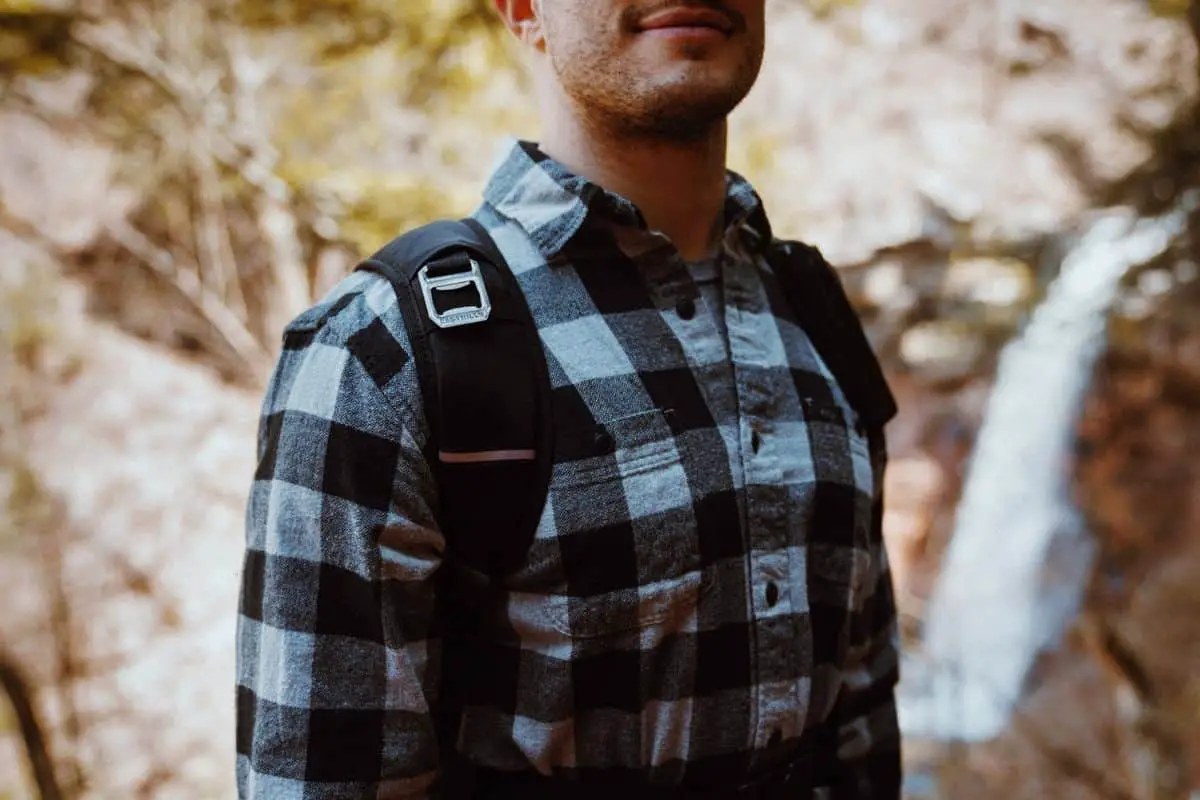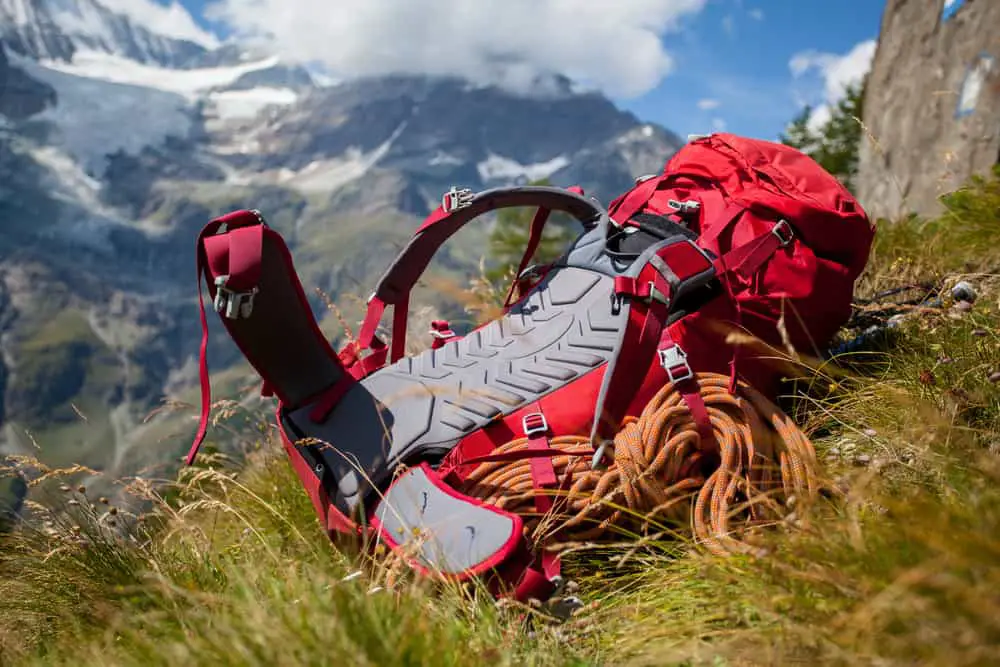Even though I love buying shirts from outdoor companies, I’ve had trouble in the past finding out the correct size to get. So, once I finally get the right size, the last thing I want to worry about is my new shirt shrinking in the wash.
Since Patagonia is an outdoor brand, I usually get tighter-fitting clothes that won’t be loose when out and about. That could lead to the problem of being too small if the material shrinks during the cleaning process.
Any shirt that has a large percentage of natural fibers is more vulnerable to shrinkage. Patagonia advertises using all-natural organic cotton, merino wool, and hemp in many of their shirts.
When checking for the risk of shrinkage, check the composition. If it’s more than 50% natural fibers, then it’s likely it will shrink if you aren’t careful.
Here’s some information on what causes shrinkage, tips for avoiding the issue, and whether or not Patagonia shirts will shrink.
How Much Do Patagonia Shirts Shrink?
The majority of Patagonia shirts will shrink more than others if washed and dried in a regular washing machine and dryer cycle. The Patagonia shirts that will shrink when washed are those that are made of more natural materials than synthetic. These materials that are more likely to shrink are organic cotton, merino wool, and hemp.
The Patagonia shirts made of Nylon and Polyester will resist shrinkage because they are synthetic and designed not to shrink. However, you can avoid shrinking your Patagonia shirts by following our tips and tricks.
Which Patagonia Shirts Will Shrink?
Whether your Patagonia shirts will shrink significantly or shrink at all depends entirely on the material they are made of. Patagonia is an environmentally friendly brand and strives to use eco-friendly materials in the clothes it makes.
So, Patagonia sticks to just 5 main fabrics in its long-sleeves and T-shirts. These are Nylon, Polyester, organic cotton, Merino wool, and hemp. The first two, respectively, are man-made materials. They are engineered to resist shrinkage in the wash. Thus, if you look at the materials on your Patagonia piece, you can check if it’s made primarily of these fabrics.
However, if the label includes any of the latter three, your shirt may be vulnerable to some washing machine shrinkage. This is the cost of having a soft, well-made, durable, and eco-friendly shirt! Not a bad trade-off, especially when there are some simple solutions to avoid shrinkage that we’ll discuss below.
Patagonia flannels are advertised as 100% cotton. Incorrect handling will definitely result in shrinkage.
Many of their Hot Weather shirts and T-shirts are made out of cotton, or a cotton/hemp blend. These might be a little more resistant to shrinking, but you should still be careful.
What Causes Patagonia Shirts To Shrink?
Natural fibers are very vulnerable to temperatures. Fibers such as wool and cotton will tighten and contract when heated beyond a certain point, resulting in shrinkage.
Most often, the cause is overheating during washing. Washing in hot water, or drying on a higher heat setting can both cause the material to shrink.
Even polyester or synthetic fibers may have small amounts of shrinkage if exposed to too much heat.
Tips to Avoid Shrinking Your Patagonia Shirt
If the label on your Patagonia shirt shows it’s made of either Nylon or Polyester, you can wash it as you would any other shirt. We recommend not putting it in the dryer regardless of the material as this will extend the lifetime of the shirt as well as the colors and overall quality.
If the label includes organic cotton, Merino wool, and/or hemp, you will have to take a few simple steps when washing your Patagonia shirt to avoid shrinking it.
Natural materials shrink when introduced to heat because they lose their tension, while man-made materials are designed to resist this effect. To avoid any shrinkage, wash your Patagonia shirts made of natural materials at a cold temperature with similar colors. We also recommend flipping the shirt inside out to maintain the longevity of the colors on the label, graphic, or pattern.
We also suggest using a low spin cycle to take extra caution with these natural materials. Once washed, pull your shirt out of the washer and let it air dry. You can either hang it on a hanger and let it dry in your closet or put it on a drying rack or clothesline. Even a low heat tumble dry is dangerous for natural materials so avoid the dryer at all costs.
For ironing, there is some risk for shrinkage, especially if you use a steam iron. Steaming and ironing can introduce the same factors as overly high temperatures in the washing machine.
Shirts With Both Natural and Synthetic Materials
The combination of natural and synthetic materials in Patagonia shirts is very common. In this case, we recommend using the lowest common denominator. Meaning, if there are any natural materials even if just a small percentage, go with the least invasive washing method.
For instance, the popular Ferrier’s Work Shirt is made of 55% hemp and 45% recycled Polyester so avoid any possible shrinkage by washing on cold and air drying the shirt.
Final Thoughts
Patagonia is known for its quality and the impressively long-lasting clothes it makes. To extend the lifetime of your Patagonia shirt, the best thing to do is avoid the dryer and wash with cold temperatures.
The amount that a shirt will shrink mainly depends on the type of materials that are used in the shirt. Patagonia shirts that contain materials like cotton, wool, or hemp are the most likely to shrink when being washed and you should follow the cleaning guidelines to avoid these issues.



